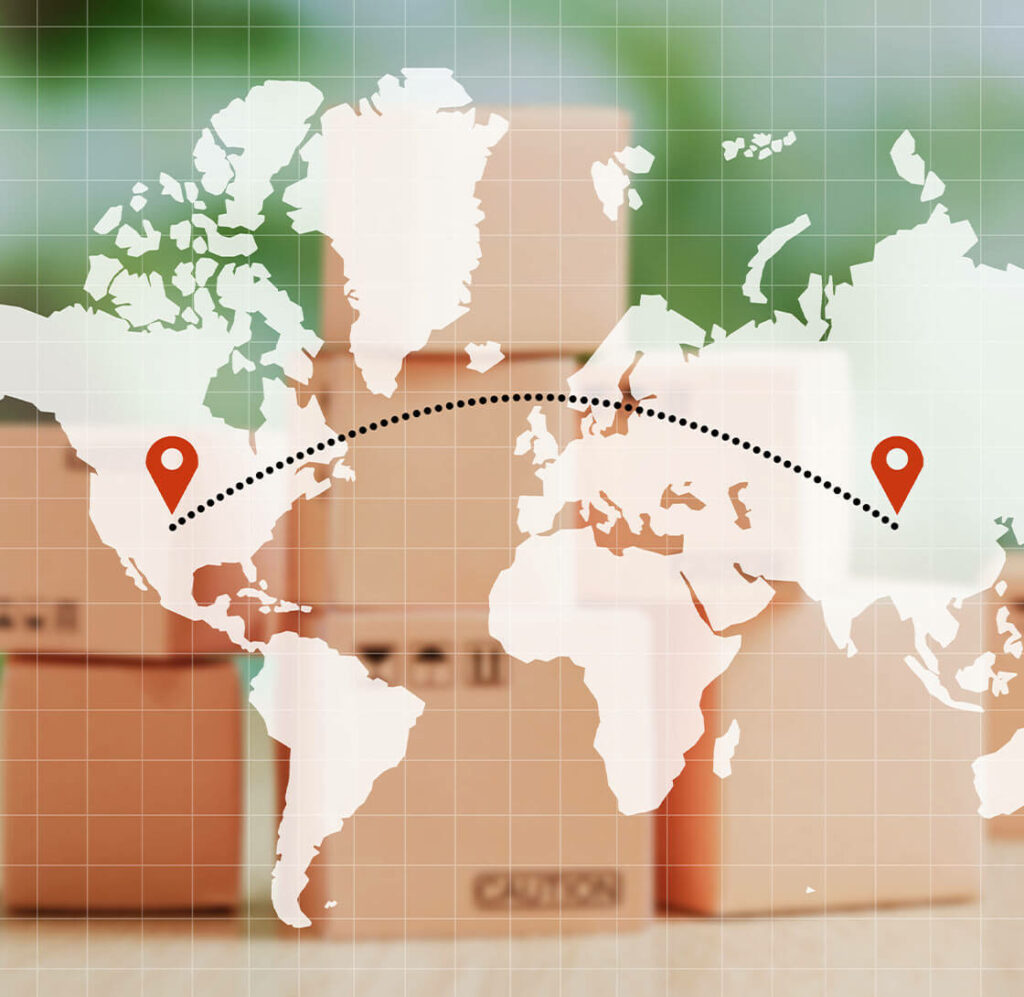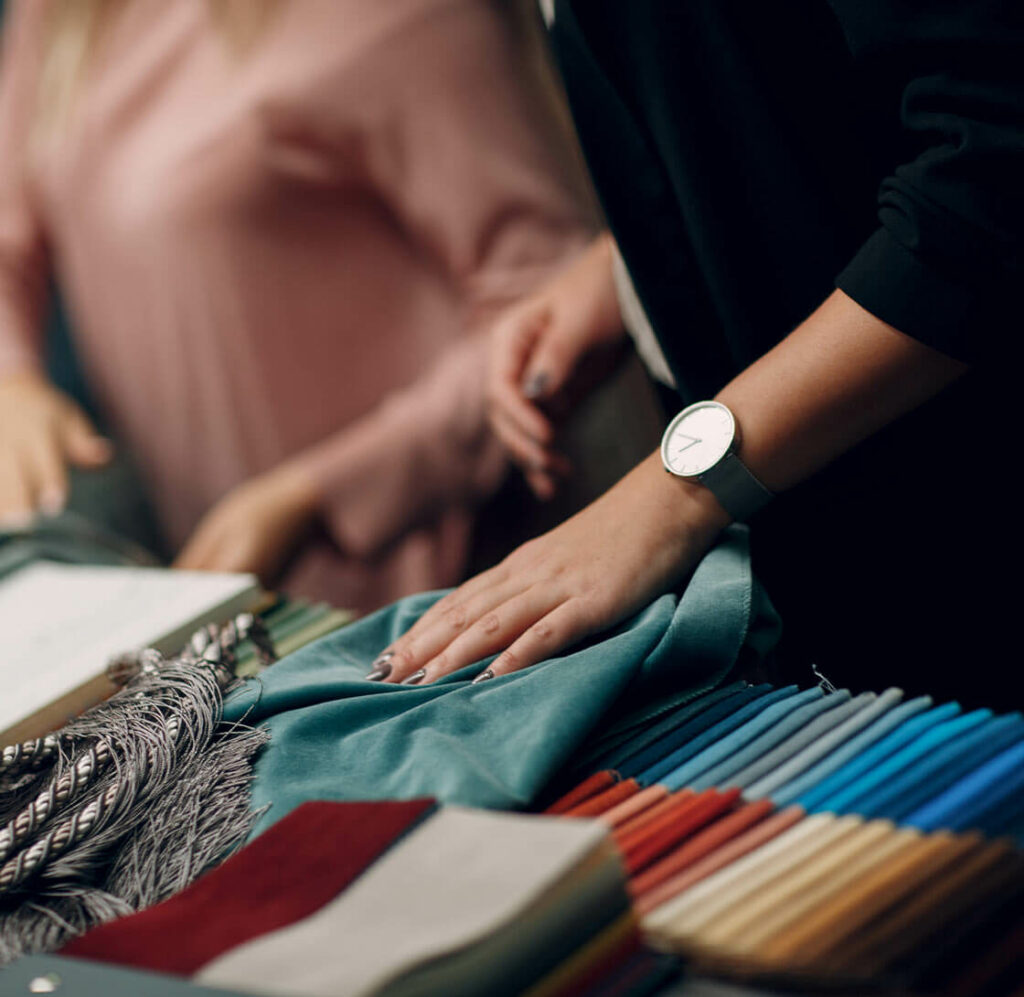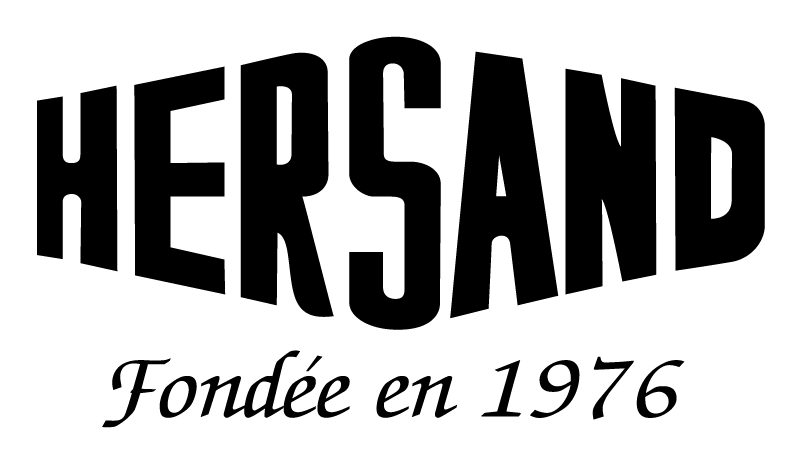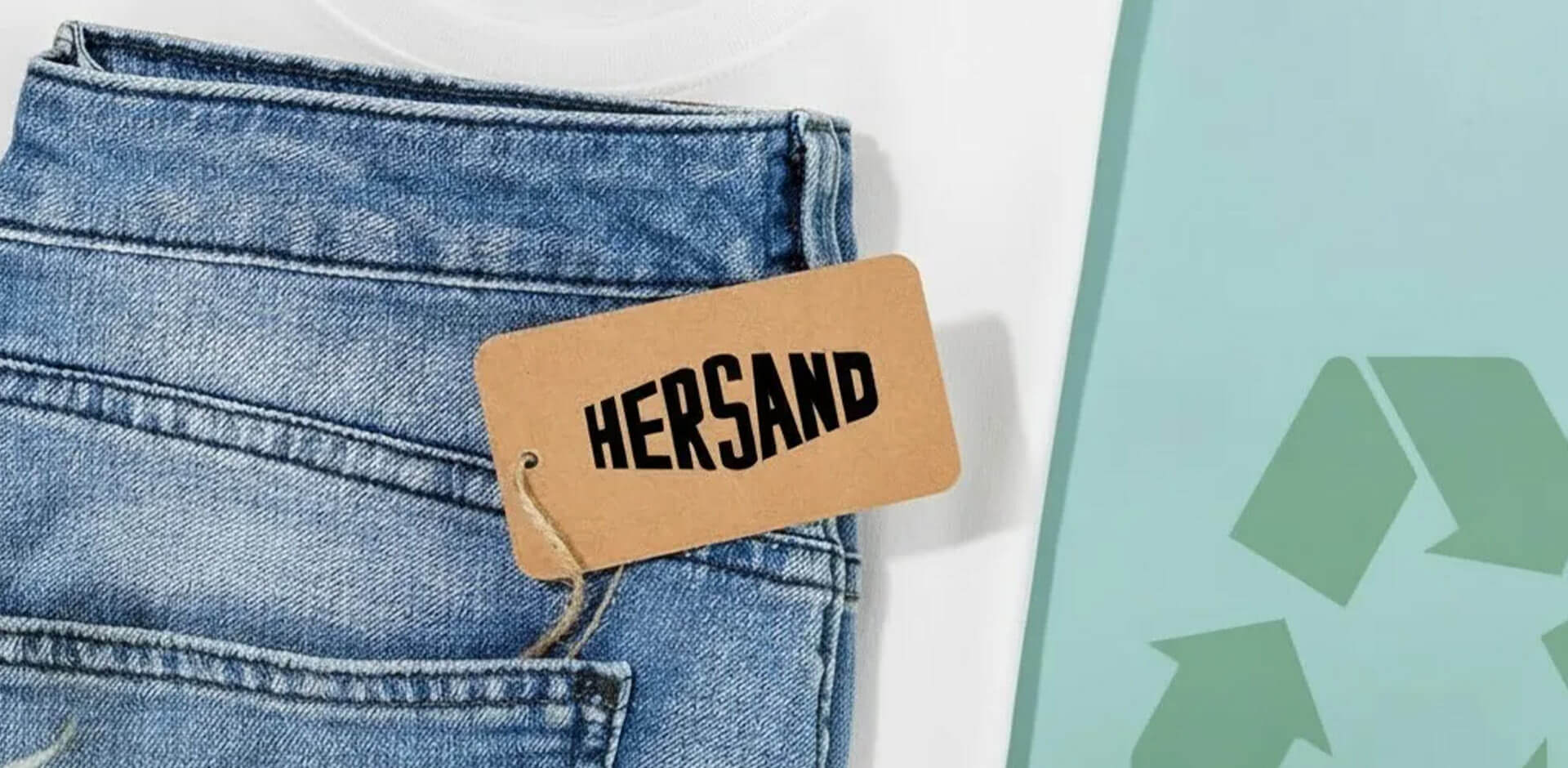Our sustainable approach: combining economic performance and responsibility
A mission at the heart of the circular economy
At Hersand, our core business is based on the belief that textiles should not become waste prematurely. For nearly 50 years, we have worked to extend the lifespan of clothing, shoes, and accessories through a structured process: collection, manual sorting, revaluation, and export. This approach is fully aligned with the principles of the circular economy by transforming what is considered surplus into a useful resource for other markets.
Reducing the environmental footprint of the textile industry
The textile sector is one of the most polluting in the world. By giving products a second life, Hersand helps reduce raw material consumption, waste production, and CO₂ emissions linked to the manufacturing of new textiles. Each batch sorted and exported represents a concrete alternative to waste and a step towards a more environmentally respectful model.
Preserving jobs and local know-how
Our sustainable approach is also social. Manual sorting, at the heart of our method, relies on the expertise of our teams in France and the Emirates. This choice promotes local employment, creates value within communities, and preserves essential skills in the industry.
Logistics flows designed to reduce carbon impact
Beyond sorting, Hersand is committed to optimizing logistics flows. Packaging is adapted to reduce transported volumes and limit the environmental costs of transport. Our monitoring processes also ensure batch traceability and regulatory compliance, guaranteeing fair and transparent trade.


Hersand, a trusted partner for a more responsible future
By choosing Hersand, our partners engage in an approach where economic performance goes hand in hand with social and environmental responsibility. Our ambition is simple: to build a sustainable textile chain where every garment or accessory finds a second life, and every exported batch contributes to a more responsible model.

